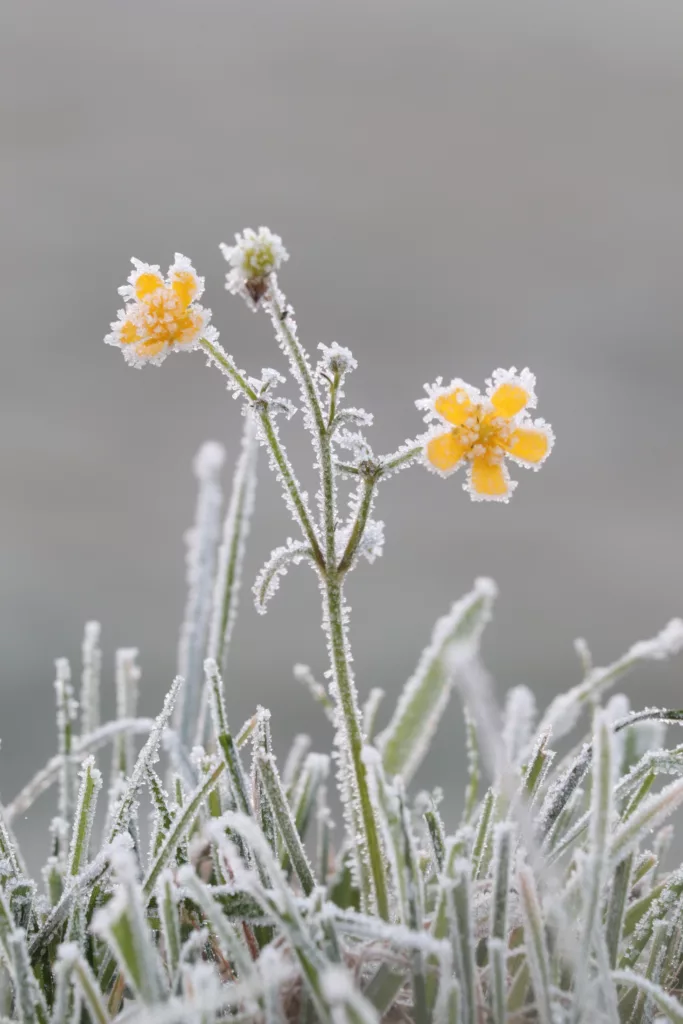Cucumis sativus
History:
The cucumber is believed to have originated in the Himalayas and first cultivated in India. Eventually, it made its way into the middle eastern cultures and further west into Europe. The ancient Egyptians, Romans, and Greeks all enjoyed the Cucumber.
Seeding:
There are mixed reviews on whether or not cucumbers should be transplanted. Due to the fragile nature of their roots and their disdain for disturbance, direct seeding is often advised. In my experience, this too is not without its own set of problems that will be addressed below in the pest section. Direct seed cucumbers .25” deep. Direct seed in mid-spring after the soil has warmed above 75 degrees and the threat of frost has passed. Seed in full sun.
My success with transplanting cucumbers has been varied. So far, I have found the most success with peat pots. I like transplanting cucumbers to get a head start as well as avoiding all the pests that want to eat my direct seeded seedlings. Start cucumber transplants indoors in early March in 2” peat pots. Once true leaves appear, pot up into larger 4” inch peat pots. Plant cucumbers outside after hardening off and all threat of frost has passed. Be sure to not bury any part of the neck of the cucumber to avoid neck rot.
Spacing:
2’ apart in rows 4’ apart.
Cultivation:
Cucumbers require support for optimum growth and production. Make sure this support is provided at the time of planting to avoid disturbing the roots of the plants once it’s established. Cucumbers need fertile soil to produce properly. Once cucumbers are established, a side dressing of compost is helpful to keep it producing throughout its life-cycle.
Pests:
When direct seeding your cucumbers, it will be important to protect your seedlings from cutworms and pillbugs. I cut the bottoms out of plastic food containers and stick them around the seed as a way to keep these critters away. Spent coffee grounds also work well to repel these bugs.
The striped cucumber beetle and the spotted cucumber beetle are two common pests to watch out for. Their feeding will stunt growth and can pass along bacterial diseases that will devastate your crop. Manual removal early on helps. Keep a close eye out and remove any plants that are infested or are beginning to wilt. Keeping your garden mulched will discourage egg laying. Keeping your garden weed free will help eliminate host plants.
Harvest:
There are many varieties of cucumbers. Some that are more than 2’ at maturity and others that are less than an inch at maturity! Harvest cucumbers based on the specifications of the variety you planted. Once harvested, dunking in ice water is helpful to remove “field heat” and will help keep the cucumbers crisp in a refrigerator for up to a week.


